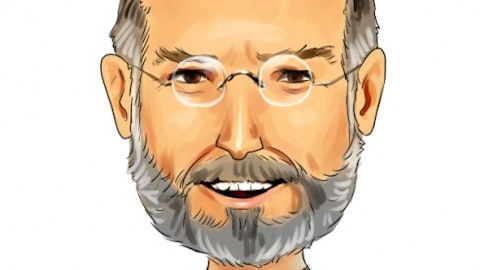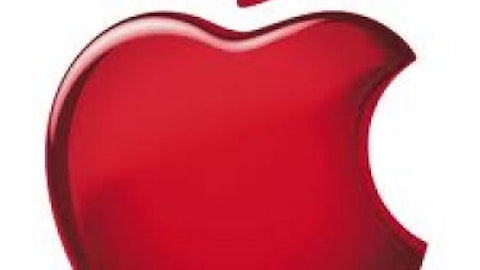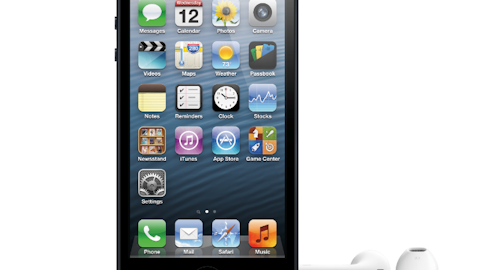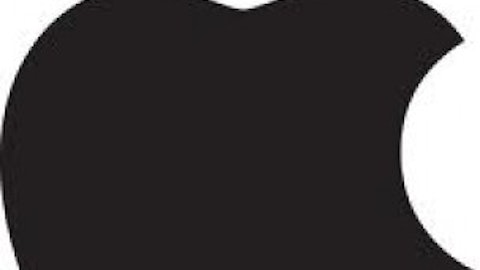Life isn’t fair. We all have to accept that. The stock market is fickle and rewards companies on what it thinks the future will bring, regardless of what the company has done in the past in many cases. An excellent example of this is Apple Inc. (NASDAQ:AAPL) compared and contrasted to Amazon.com, Inc. (NASDAQ:AMZN). Over the past 3 months, the two stocks have gone in opposite directions with Apple falling about 25% from its high and Amazon soaring to new highs.
Mr. Market in essence is assuming negative growth from Apple Inc. (NASDAQ:AAPL) in the future and explosive growth from Amazon. Apple is being seen as not bringing any new products to markets, ever, while Amazon is seeing as exploiting every single strength it has with ever-expanding margins and growth into new markets. I would be very skeptical about those assumptions. Let’s look at what to expect in the future for both these companies.
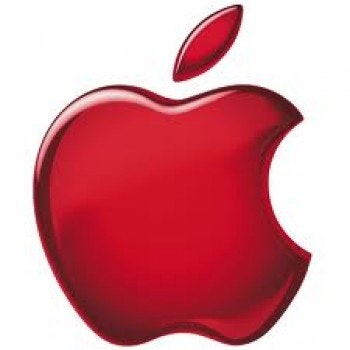
Let’s look at a different measure: cash growth. Apple Inc. (NASDAQ:AAPL) grew cash from $120 Billion to $137 Billion from one quarter to another, a growth of about 14%. Amazon on the other hand increased its cash position from $5.25 Billion to $8.08 Billion in the quarter by borrowing $3.3 Billion. Essentially, after subtracting debt, Amazon’s cash position worsened. The optimist will say that Amazon is using its free cash flow to invest in its future, and that it took advantage of borrowing at very low rates. I say, show me the money!
Apple Inc. (NASDAQ:AAPL) continues to grow its cash pile, and despite returning money to its shareholders with a dividend of $2.65 per share, the growth in cash has been impressive. Apple has no debt.
Revenue growth projections for Apple remain healthy in the 10-20% range for the next year or two, but margins are projected to continue to decrease and that may lead to negative growth in EPS. Apple Inc. (NASDAQ:AAPL) could fix this by aggressively buying back shares. Revenue growth at Amazon should remain in the 20-25% level, and, this is key, its margins are expected to continue to increase from its current paltry levels. Even small increases in the case of Amazon should provide healthy profits in the future, but that is assuming that those margins can continue to increase. Many of Amazon’s businesses represent high-growth and high-margin affairs such as its relationship with third party vendors and cloud services, but the bulk of its business will remain a low-margin affair. Retailing remains a razor-margin business no matter how you slice it.
Tablets for both companies will continue to be growth markets, but the real money is in content, and there the market is betting heavily that Amazon will best iTunes. My view is that both companies will come out winners here, but that Apple will continue to generate healthy profit margins from its tablets even as it moves into lower price points and emerging markets. Amazon really doesn’t mind taking a loss on its tablets, and in the end the real winner will be Google Inc (NASDAQ:GOOG). Google will continue to expand its search reach as its Android operating system is given away. The market is assuming that Google’s Android will eat Apple’s iOS lunch in emerging markets, but Apple is reportedly looking at ways to get out cheaper handsets for the emerging market so don’t count them out.
In the end, you have to make a lot more rosy assumptions in the case of Amazon to justify its valuation. If projections hold, you are buying Amazon for a projected PE of 60 in 2014. Apple sells for a PE approaching single digits if you back out cash and investments — which represent about 30% of the current market cap. I recommend patience with Apple, since that cash pile will continue to grow until Apple decides to start paying higher dividends or buying shares aggresively. Apple in the past has not made huge acquisitions, but that could be another play for them. You have to be very pessimistic to not see a lot of upside at these levels for Apple stock going forward.
The article Comparing Apples to Oranges: AAPL vs AMZN originally appeared on Fool.com and is written by Erick Santos, M.D., Ph.D..
Copyright © 1995 – 2013 The Motley Fool, LLC. All rights reserved. The Motley Fool has a disclosure policy.
